Last updated: April 2, 2025
Article
Horns versus Antlers
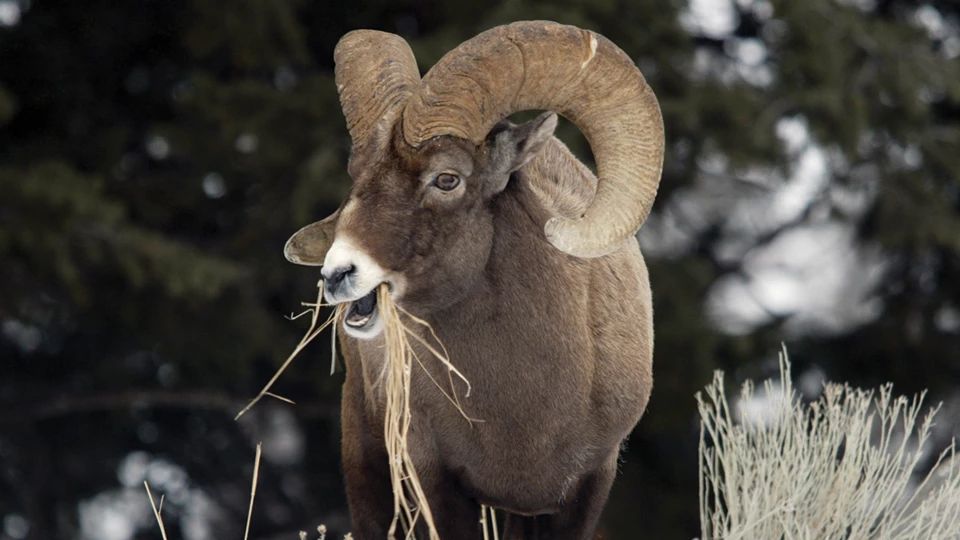
NPS
Antlers—found on members of the deer family—grow as an extension of the animal’s skull. They are true bone, are a single structure, and, generally, are found only on males.
Horns—found on pronghorn, bighorn sheep, and bison—are a two-part structure. An interior portion of bone (an extension of the skull) is covered by an exterior sheath grown by specialized hair follicles (similar to human fingernails). Horns are usually found on both males and (in a diminutive form) females.
Antlers are shed and regrown yearly while horns are never shed and continue to grow throughout an animal’s life. One exception is the pronghorn, which sheds and regrows its horn sheath each year.
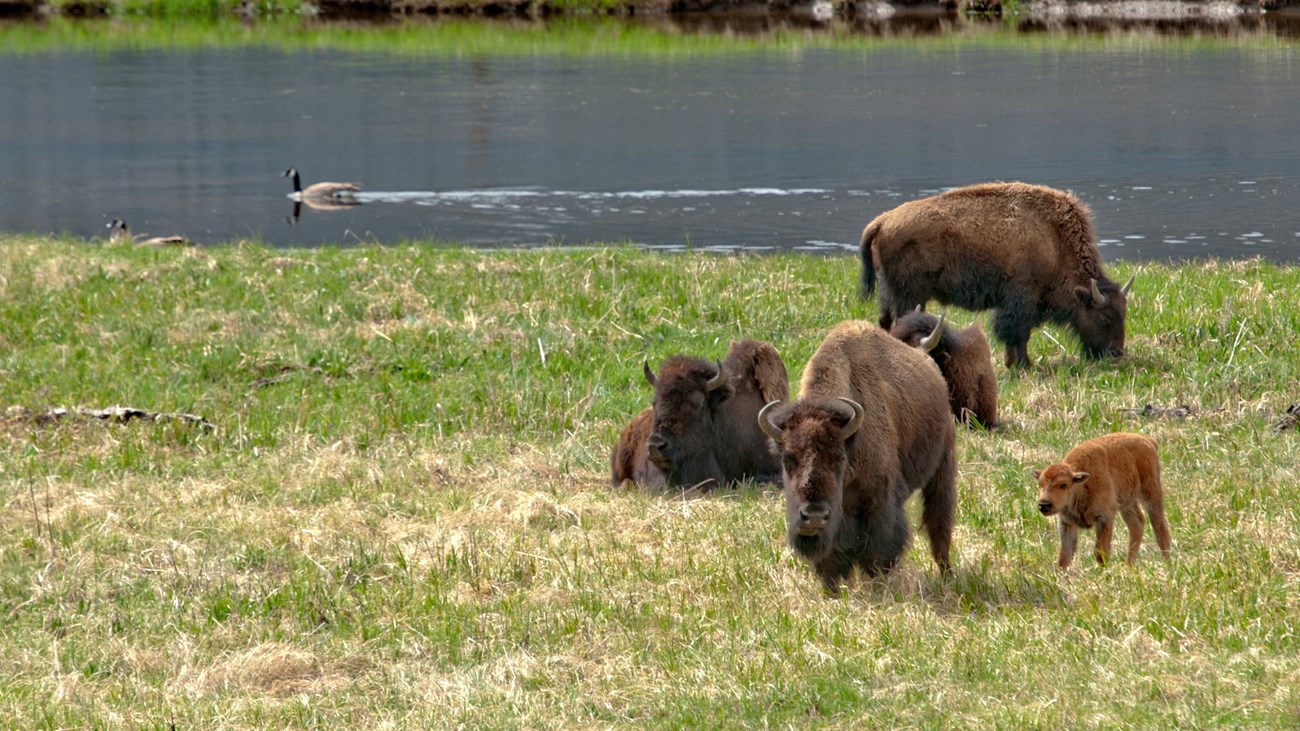
Yellowstone bison exhibit behavior like their ancient ancestors.
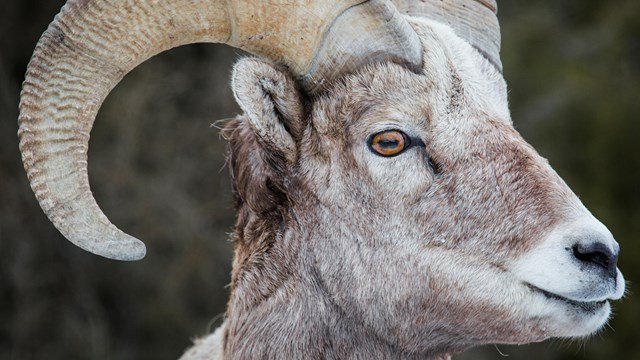
Most bighorn sheep in Yellowstone are migratory.
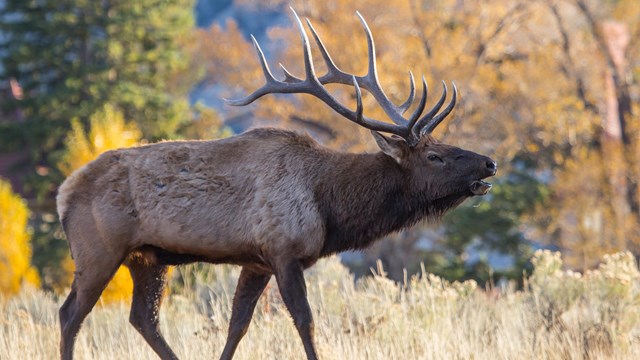
Elk are the most abundant large mammal found in Yellowstone.
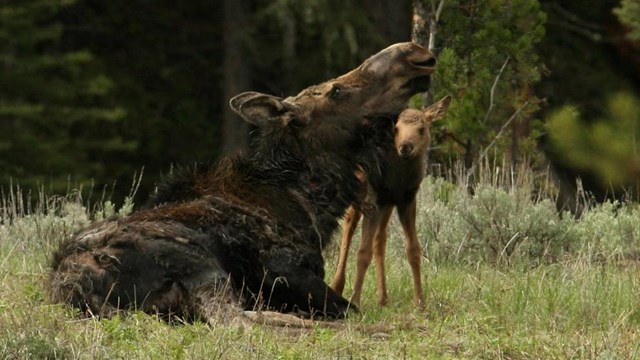
Moose are the largest members of the deer family in Yellowstone.
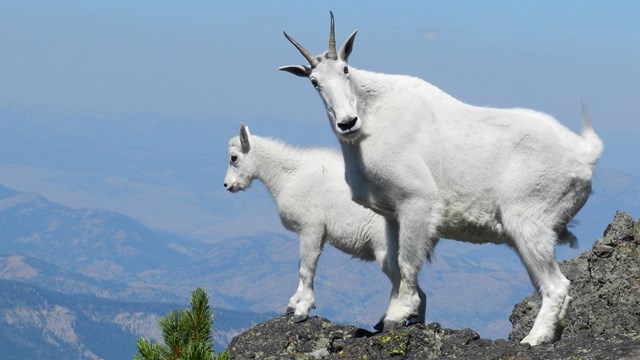
Mountain goats are considered a non-native species in Yellowstone National Park.
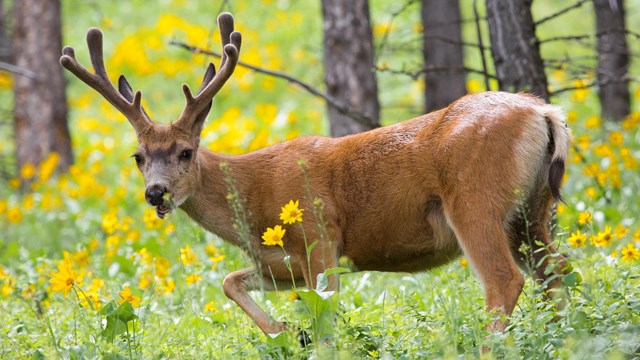
Also called blacktail deer, they are an exclusively western species.
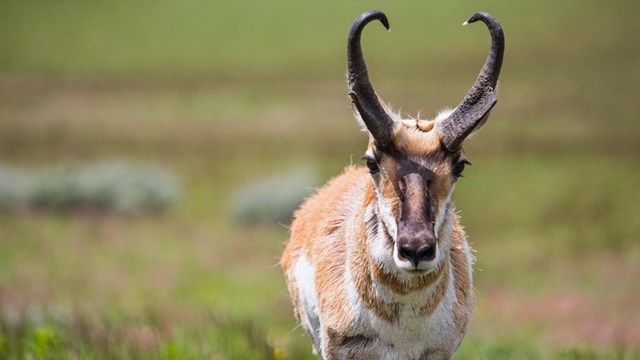
The surviving member of a group of animals that evolved in North America during the past 20 million years.
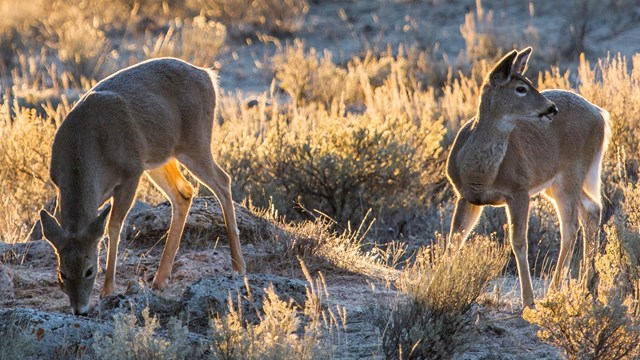
A common deer on the East Coast, they are scarcely seen in Yellowstone.
